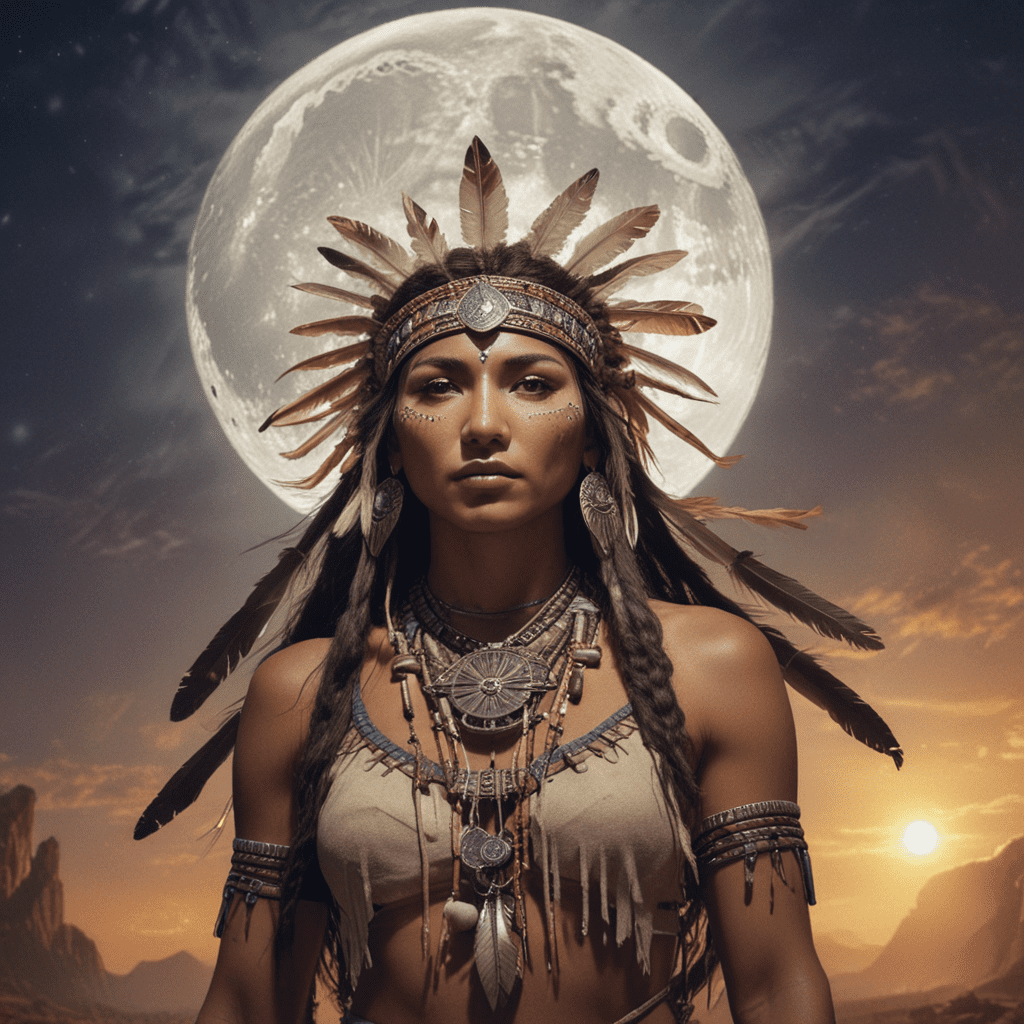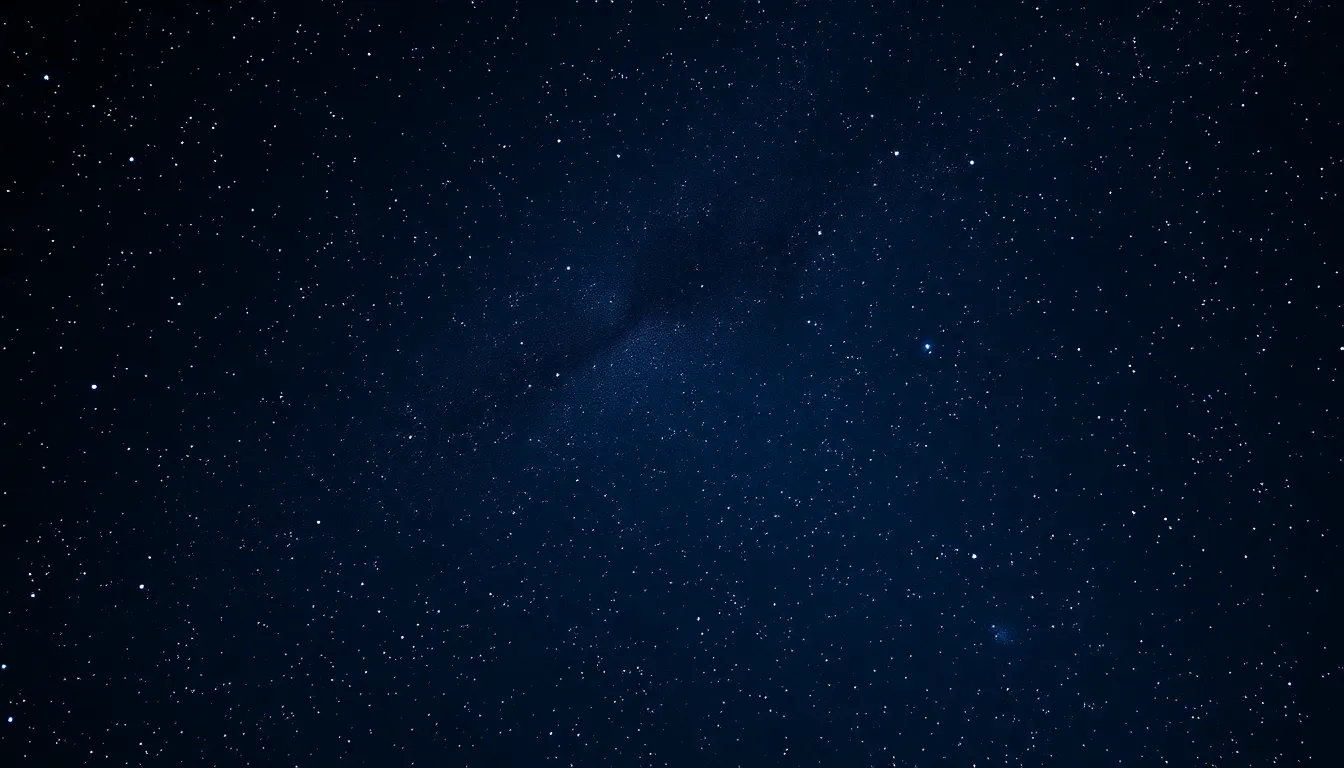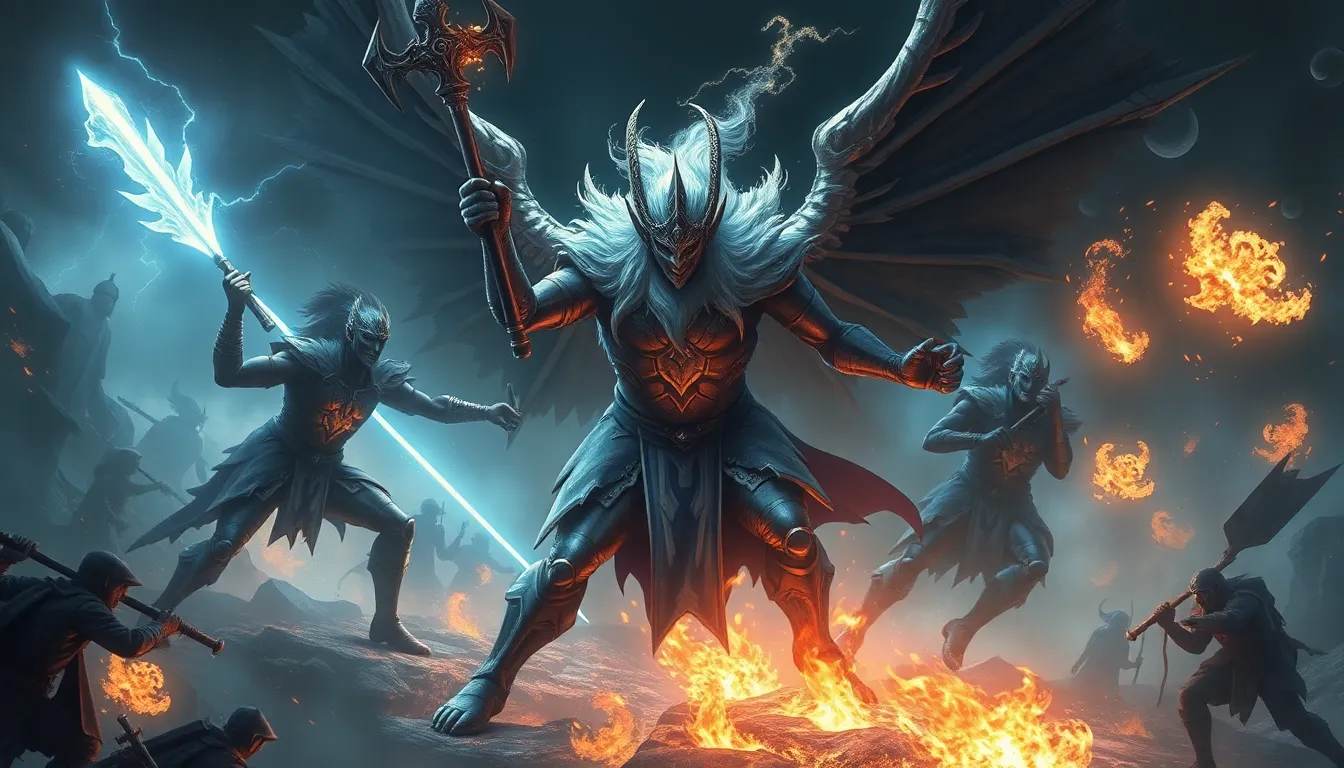1. Origins of the Moon-Eyed People
The legend of the Moon-Eyed People holds a significant place in the rich tapestry of Native American mythology. Its origins are shrouded in the mists of time and vary among different tribal accounts. One widespread belief traces their lineage to the Great Spirit, the creator of all things in Native American cosmology. It is said that the Moon-Eyed People were created as guardians of the night, possessing the ability to see in the darkness and navigate the hidden paths of the nighttime world.
2. Physical Characteristics and Appearance
The most distinctive feature of the Moon-Eyed People, as the name suggests, was their luminous eyes. These eyes are described as emanating an ethereal glow, allowing them to pierce through the darkness and observe unseen realms. While the exact appearance of the Moon-Eyed People varies in different narratives, they are often depicted as tall and slender, with long, flowing hair and an otherworldly aura.
3. Mythological Symbolism and Meaning
In Native American mythologies, the Moon-Eyed People hold profound symbolic significance. They embody the connection between the physical and spiritual worlds, serving as intermediaries between humans and the spirit realm. Their eyes, which illuminate the darkness, symbolize wisdom, foresight, and the ability to perceive hidden truths. Additionally, they are associated with the cycles of life, death, and rebirth, as the moon in many Native American cultures is seen as a symbol of renewal and change.
4. The Moon-Eyed People and the Sun
The relationship between the Moon-Eyed People and the sun is a pivotal aspect of their mythology. In many stories, the Moon-Eyed People are depicted as the guardians of the night, while the sun is associated with the day. This duality represents the balance between darkness and light, the complementary forces that govern the natural world. Some legends suggest that the Moon-Eyed People possess the ability to control the phases of the moon, influencing the ebb and flow of tides and lunar cycles.
5. Encounters with Other Native American Tribes
The Moon-Eyed People are often featured in stories of encounters with other Native American tribes. While their nature could vary from tribe to tribe, they were generally regarded with respect and awe. Some accounts describe them as benevolent beings, sharing their wisdom and offering guidance to those who sought their assistance. In other tales, they are portrayed as enigmatic figures, observing human interactions from the shadows and intervening only when necessary.
6. The Legend's Geographic Origins
The geographic origins of the Moon-Eyed People legend span across the vast landscapes of North America. Different tribes have their own variations of the story, situating their origins in specific regions. In the Great Plains, they are associated with the vast prairies and the roaming buffalo herds. On the Pacific Northwest coast, they are said to dwell in the towering forests and navigate the treacherous waters. The Southwest deserts and canyons also hold significance in the legend, where the Moon-Eyed People are often depicted as guardians of hidden oases and ancient ruins.
7. Creation Stories and Oral Traditions
Creation stories and oral traditions surrounding the Moon-Eyed People vary greatly among different Native American tribes. In some accounts, they are said to have emerged from the primordial darkness, while in others, they are descended from celestial beings. The Chippewa tribe narrates a tale where the Moon-Eyed People originated from the union between a mortal woman and a spirit from the moon. The Zuni people have a creation story that recounts the Moon-Eyed People as the first beings to inhabit the Earth, guiding humanity in its early stages.
8. Variations and Interpretations of the Legend
Over time, the legend of the Moon-Eyed People has taken on different meanings and interpretations. In some tribes, they are seen as benevolent beings, offering protection and guidance. Other tribes regard them as mysterious and enigmatic figures, associated with both good and evil. The variations in the legend reflect the diverse beliefs and cultural perspectives of the Native American tribes that have passed down this captivating tale through generations.
9. Cultural Significance and Influence
The Moon-Eyed People legend holds great cultural significance within Native American communities. It has shaped storytelling traditions, influenced art, and played a role in spiritual practices. Their unique characteristics and symbolism have resonated with generations of Native Americans, inspiring reverence, wonder, and a connection to the natural world. The legend continues to be an integral part of Native American cultural identity and heritage.
10. Contemporary Relevance and Reinterpretation
In recent years, there has been a resurgence of interest in the Moon-Eyed People legend among Native American communities and beyond. Contemporary artists and storytellers are reimagining the legend, using it as a source of inspiration for creating new works of art, literature, and film. The legend remains relevant today, carrying forward the wisdom and beliefs of Native American ancestors while resonating with contemporary themes of spirituality, environmentalism, and cultural identity.
FAQ
Q: Are the Moon-Eyed People real?
A: The Moon-Eyed People are a mythical figure in Native American mythology; their existence is not supported by historical or scientific evidence.
Q: What is the purpose of the Moon-Eyed People?
A: In Native American mythology, the Moon-Eyed People serve as guardians of the night and intermediaries between the physical and spiritual worlds.
Q: Are the Moon-Eyed People friendly or harmful?
A: Depictions of the Moon-Eyed People vary among different tribes. Some view them as benevolent beings offering protection, while others regard them as mysterious and enigmatic figures.
Q: Where did the Moon-Eyed People originate?
A: The geographic origins of the Moon-Eyed People span across North America, with different tribes attributing their origins to specific regions.
Q: Why are the Moon-Eyed People significant?
A: The Moon-Eyed People hold cultural significance within Native American communities, inspiring storytelling traditions, influencing art, and playing a role in spiritual practices. They embody connections to the natural world, wisdom, and the balance between darkness and light.


